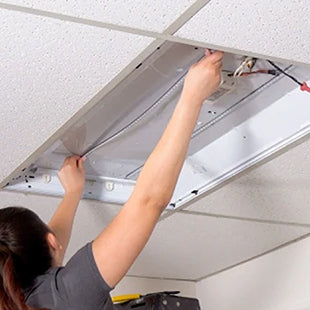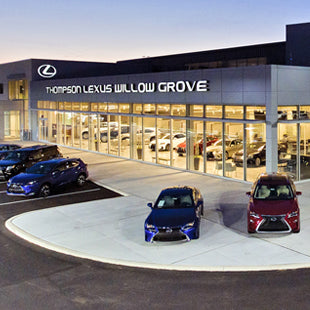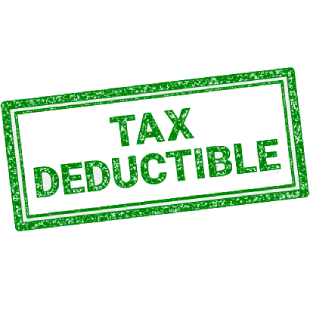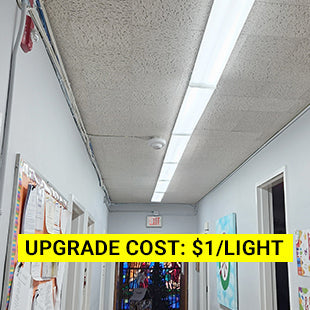Can You Use LED Tubes in Fluorescent Fixtures? Here's How to Upgrade Safely and Save Energy
Last updated October 2025
TL;DR Summary
✅ LED tubes work in fluorescent fixtures; choose the right type.
⚡ Ballast-bypass tubes are the most reliable, efficient option.
🧰 Installation is fast & simple, saving time, money, and energy.
Can You Use LED Tubes in Your Fluorescent Fixtures?
Yes — most fluorescent fixtures can be upgraded to LED without full replacement. You simply need to select the correct tube type: ballast-compatible (Type A) or ballast-bypass (Type B).
Switching to LED tubes can cut lighting energy use by 50–70%, eliminate future ballast replacements, and improve brightness and reliability.
Shop LED Tube LightsBallast-Compatible (Type A) LED Tubes
These are "plug and play" LED tubes designed to work with existing ballasts — but only if the ballast type is supported. Before you buy, check the manufacturer's ballast compatibility list to ensure your fixture's ballast is covered. Unsupported ballasts can cause flickering or non-operation.
Pros:
- Easiest installation (no rewiring)
- Quick upgrade option
Cons:
- Limited compatibility
- Still relies on ballast (future failure possible)
Ballast-Bypass (Type B) LED Tubes
Type-B tubes connect directly to line voltage, bypassing the ballast entirely.
When installed, they:
- Remove ballast energy draw (saving 2–4W per fixture)
- Eliminate ballast maintenance and failure
- Ensure consistent performance with any fixture type
Most ELEDLights customers choose ballast-bypass tubes for long-term savings and reliability.
Quick Comparison Table
| Feature | Type A (Ballast-Compatible) | Type B (Ballast-Bypass) |
|---|---|---|
| Works with existing ballast | Yes | No |
| Installation required | No rewiring | Rewiring required |
| Long-term maintenance | Ballast still required | No maintenance |
| Efficiency | Good | Best |
Installing Ballast-Bypass LED Tubes (Quick Guide)
- Turn off power and remove fluorescent tubes.
- Open fixture and disconnect ballast wiring.
- Cap unused wires and connect line (hot) and neutral to the powered end sockets.
- Ground the fixture, close it, and install new LED tubes.

(Always follow manufacturer instructions for wiring diagrams.)
Pro Tip:
Once rewired, you'll never replace a ballast again — cutting maintenance calls and reducing lighting downtime.
When Should You Replace the Entire Fixture?
If your fixtures are outdated, discolored, or you want a more modern look, replacing with LED fixtures or fixture face retrofits may be the best option.
ELEDLights offers:
Shop All LED Drop Ceiling Lights →Key Takeaways
- You can use LED tubes in fluorescent fixtures — just match the right type.
- Ballast-bypass tubes offer the most compatibility and efficiency.
- Installation is straightforward, and you'll save on both energy and maintenance.
- ELEDLights can help plan your upgrade for the best ROI.
FAQs
Do I need to remove my ballast to use LED tubes?
Only if you're using ballast-bypass (Type B) tubes. Ballast-compatible (Type A) tubes keep the ballast but may not work with all types.
Can I use LED tubes with T12 fixtures?
Yes, as long as the fixture sockets are compatible and the wiring is updated for Type B tubes.
What's the lifespan of LED tubes?
Quality LED tubes, like those from ELEDLights, last 50,000 hours on average, about twice as long as fluorescents.
Need Help Choosing the Right Tube?
Our lighting project management team offers free consultations to plan your LED retrofit or replacement, calculate ROI, and find all available rebates.





